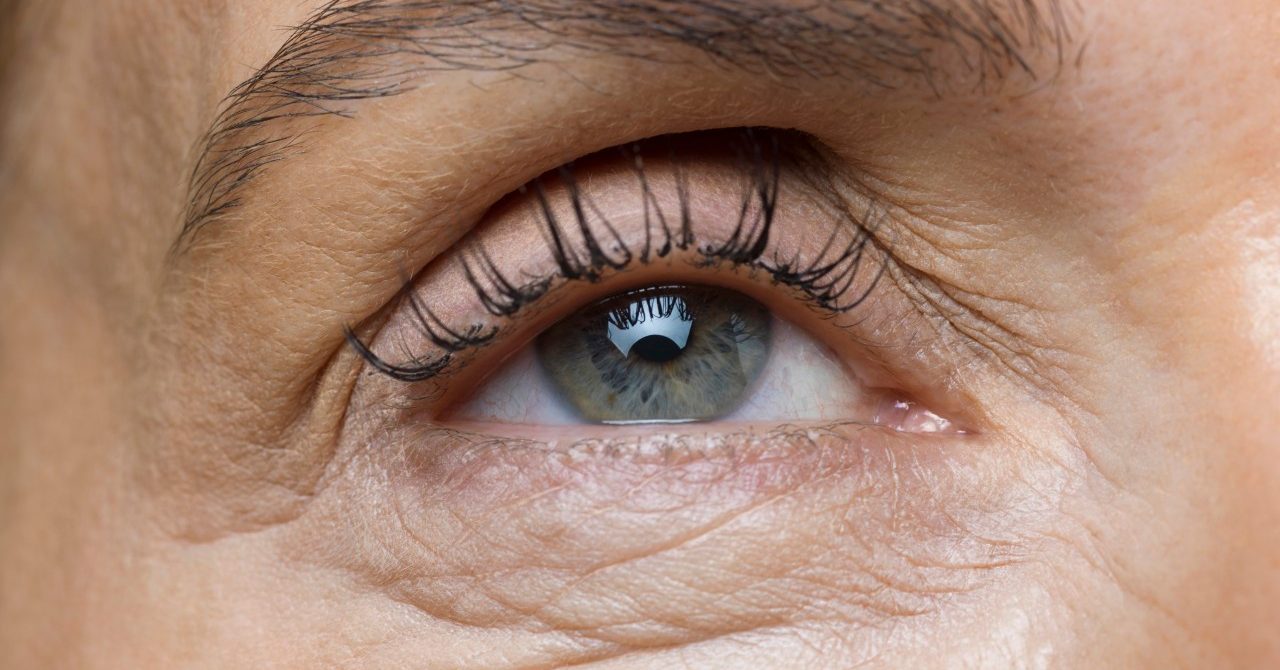Clogged Tear Duct

A clogged tear duct causes an irritated, watery eye and can lead to infection. But with medical care, a blocked tear duct is almost always correctable.
Your eyes can fill with tears due to sadness or allergies — or if something scratches your eye, causing irritation. But there are also less obvious tears that normally keep eyes lubricated every day.
If you or your child suffer from a clogged tear duct, tears can suddenly take on more importance. A tear duct obstruction can not only cause watery eyes but also lead to eye inflammation and painful infections.
To understand how a clogged tear duct happens, it helps to take a look at where tear ducts are located, how healthy ducts work, and how one becomes blocked.
YOU MIGHT ALSO LIKE: Eye Problems Occur More Often in Older Women
Tear ducts are important for eye health
Tears originate in your lacrimal glands, located above each eye, and flow down the surface of your eyes to keep them lubricated. Then tears move into puncta (little holes in the corner of both your lower and upper eyelids), travel through tiny canals in the lids and into small, pouch-like lacrimal sacs, located where your eyelids are attached to the side of your nose.
Next, tears drain down a tear duct, technically known as a nasolacrimal duct, and empty into your nose. There the liquid evaporates or is reabsorbed, the American Academy of Ophthalmology explains.
If a tear duct is blocked, tears can’t drain. The result is a backflow of tears and, often, a runny discharge from your eye. If the blockage doesn’t open quickly, it increases the risk of an infection.
What causes a tear duct blockage
People of any age can have a blocked tear duct. In adults, eye infections and injuries are the most common causes. Nasal polyps and tumors can sometimes cause a clogged tear duct, too. In older adults, age-related changes may narrow the tiny puncta openings needed to drain tears, blocking tear ducts.
A child can be born with a blocked tear duct. In fact, more than five percent of infants have symptoms of a tear duct obstruction, affecting one or both eyes. The cause is usually the failure of a membrane at the end of the tear duct to open normally near the time of birth.
The problem in newborns is usually temporary. By the time a baby is age 1, about 90 percent of clogged tear ducts open spontaneously, without any medical treatment, according to the American Association for Pediatric Ophthalmology and Strabismus. A child can also have a blockage due to an unusually narrow tear duct system or a nasal bone that blocks a tear duct.
Conjunctivitis (often called pink eye) is inflammation of the thin membrane covering your eye. Often a sign of an infection, conjunctivitis can cause a blocked tear duct in both kids and adults. A broken nose may result in scar tissue and block a tear duct, too.
Blocked tear duct symptoms
Symptoms of a clogged tear duct typically include excessively tearing and watery eyes. The tearing often increases after a cold or sinus infection and after eyes are exposed to cold weather, wind, or bright sunlight.
If a blockage in a tear duct doesn’t resolve, tears can’t drain into the nasolacrimal sac. The result is a build-up of bacteria in the small pouch-shaped sac, and an infection called dacryocystitis may develop, the American Academy of Ophthalmology explains.
Signs of dacryocystitis include:
- Mucus in your eye
- A crust around your eyelashes
- Blurred vision
- Inflammation causing swelling, pain, and redness of the inside corner of your eye or around your eye and nose
- Tears tinged with blood
Chronically clogged tear ducts need treatment
Fortunately, in most cases, a blocked tear duct resolves spontaneously. Even when a tear duct is chronically blocked, the condition is almost always correctable with medical help.
See your family doctor, your child’s pediatrician, or your ophthalmologist if you or your youngster has an eye that keeps tearing for several days or often seems to be inflamed or infected. If you have a blocked tear duct, treatment depends on what caused the blockage and the age of the patient.
Tear duct massage (which your doctor can show you how to perform on yourself or your child), topical antibiotic eye drops and tear duct probing (using a smooth wire-like probe to widen a tear duct system) are among the most common treatments.
Updated:
July 10, 2023
Reviewed By:
Janet O’Dell, RN